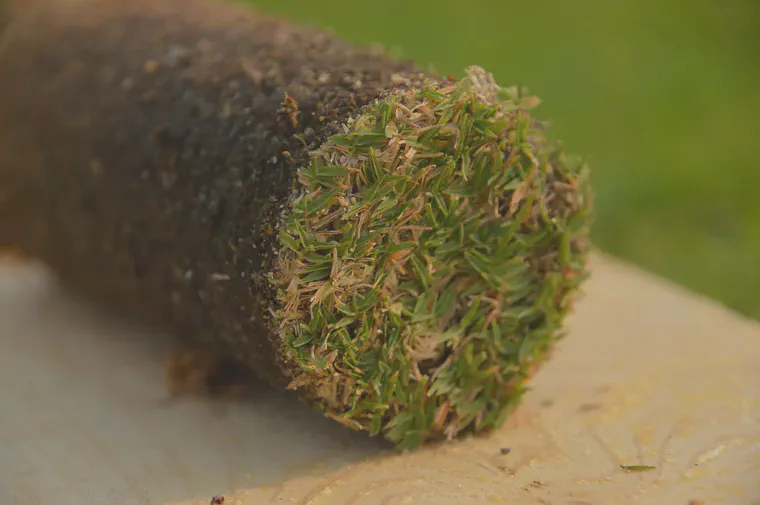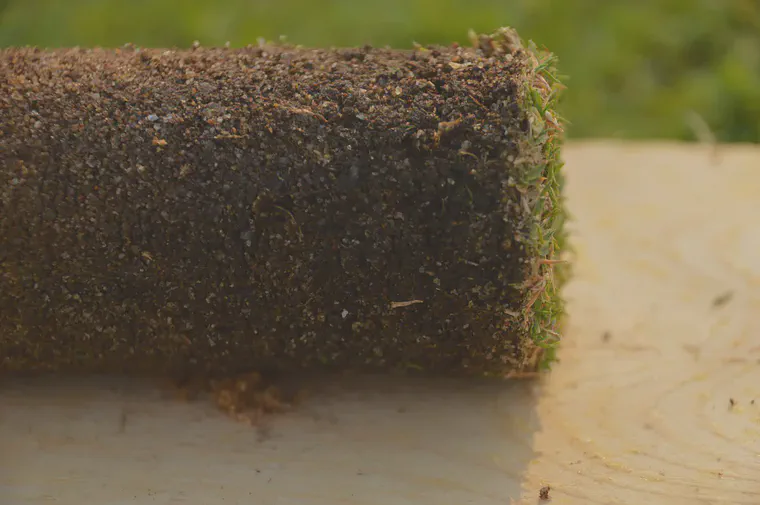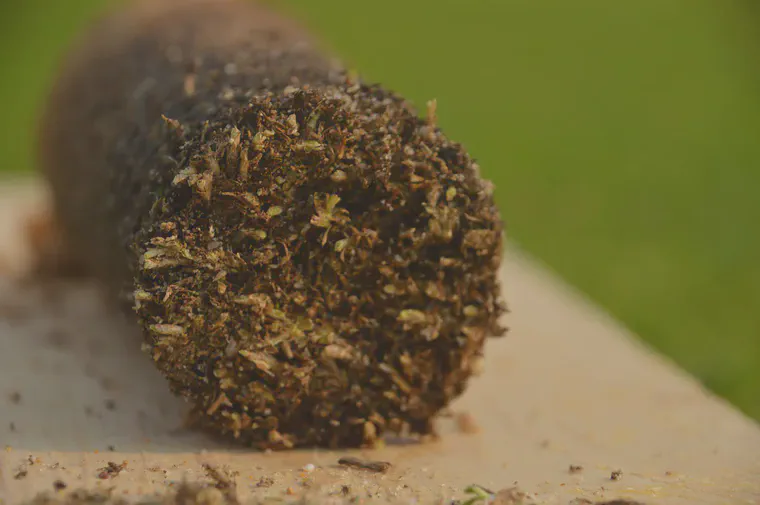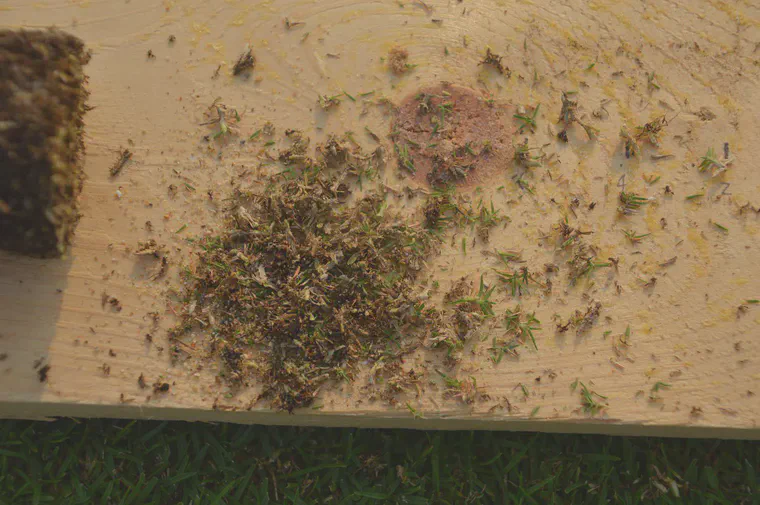Verdure removal (or not) in turfgrass soil profile organic matter tests
After grass is mown, the remaining aboveground plant material is called verdure. The Turfgrass Information File describes verdure as the “layer of green living plant tissue remaining above the soil following mowing.” One can also think of this as the turf canopy.
It is customary to remove verdure from soil samples before measuring the organic matter. As I explained in the post about measuring organic matter, standard procedures will remove the undecayed plant material (including the verdure) before measuring organic matter. I like to get a measure of the total organic matter in the soil, including the undecayed material. And for putting greens, there are three reasons I like to measure the total organic matter with the verdure on the sample.
First, one of the main reasons for measuring organic matter is to evaluate and adjust sand topdressing. And the purpose of all of that is to adjust the way a ball reacts when it lands on a putting green. The ball reacts with the verdure and with the underlying soil. The amount of verdure probably affects the ball reaction. Why would one remove the very part of the sample that the ball reacts with?


Second, there is subjectivity in how much verdure gets removed. I removed the verdure from this Tifeagle profile. Someone else doing the verdure removal might remove a little more material. Or that person might remove a little less. Leaving verdure on the sample ensures that the unmodified sample can be measured. And that changes in verdure over time at the site can also be captured in this total organic matter measurement. Remember, the turf canopy is the verdure, basically. And sand topdressing is applied and worked into the canopy (the verdure). Does it make sense to remove the canopy and the sand in it before testing?

Third, one invariably loses sand material that is interspersed with the verdure. Most putting greens are topdressed with sand. That sand sits on top of the soil and in the verdure. I’ve been making a number of paired sample tests, with one sample tested with verdure on, and another sample having verdure removed before testing. I’ve not been able to remove verdure without having sand from recent topdressing events lost too.
